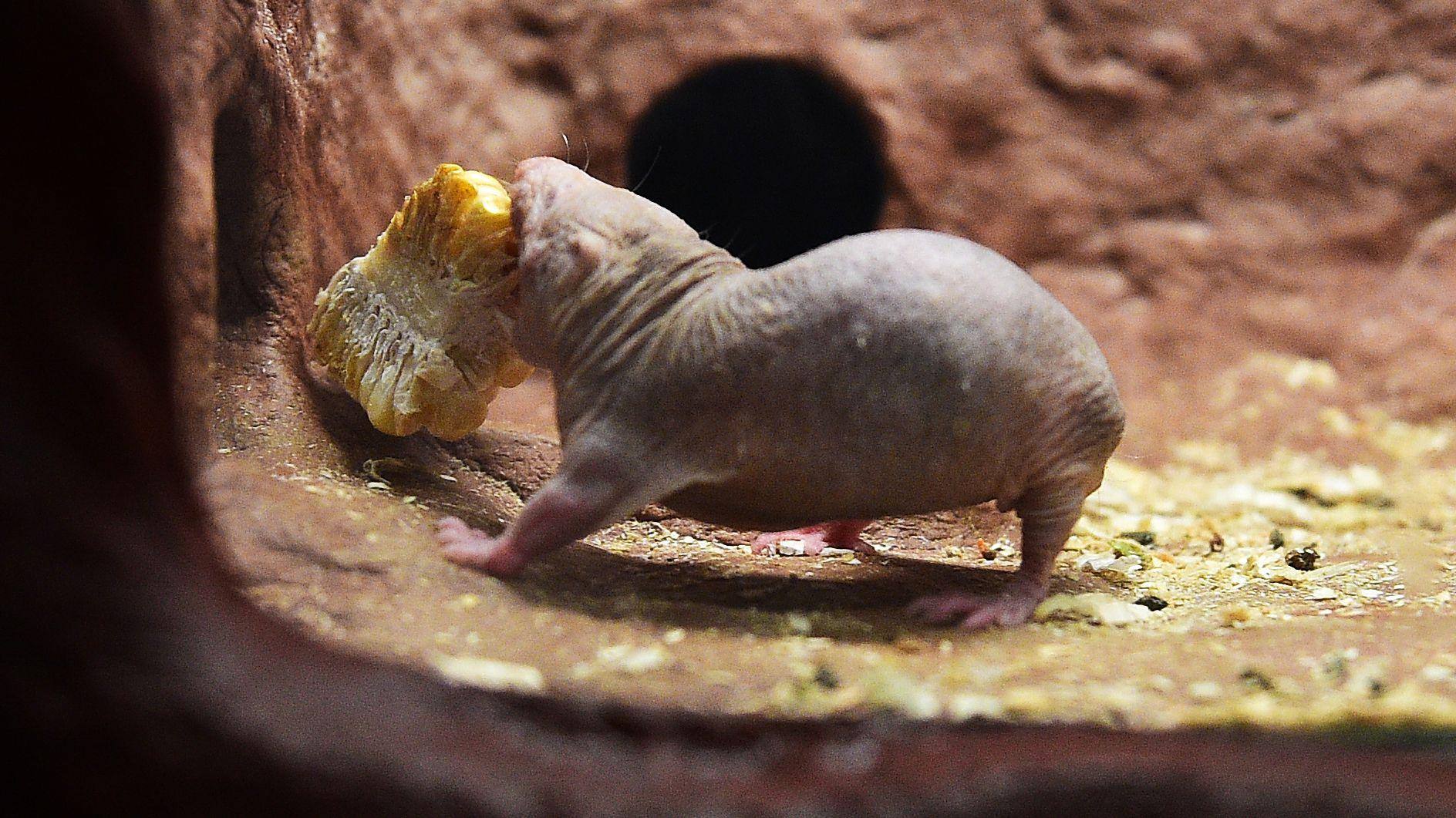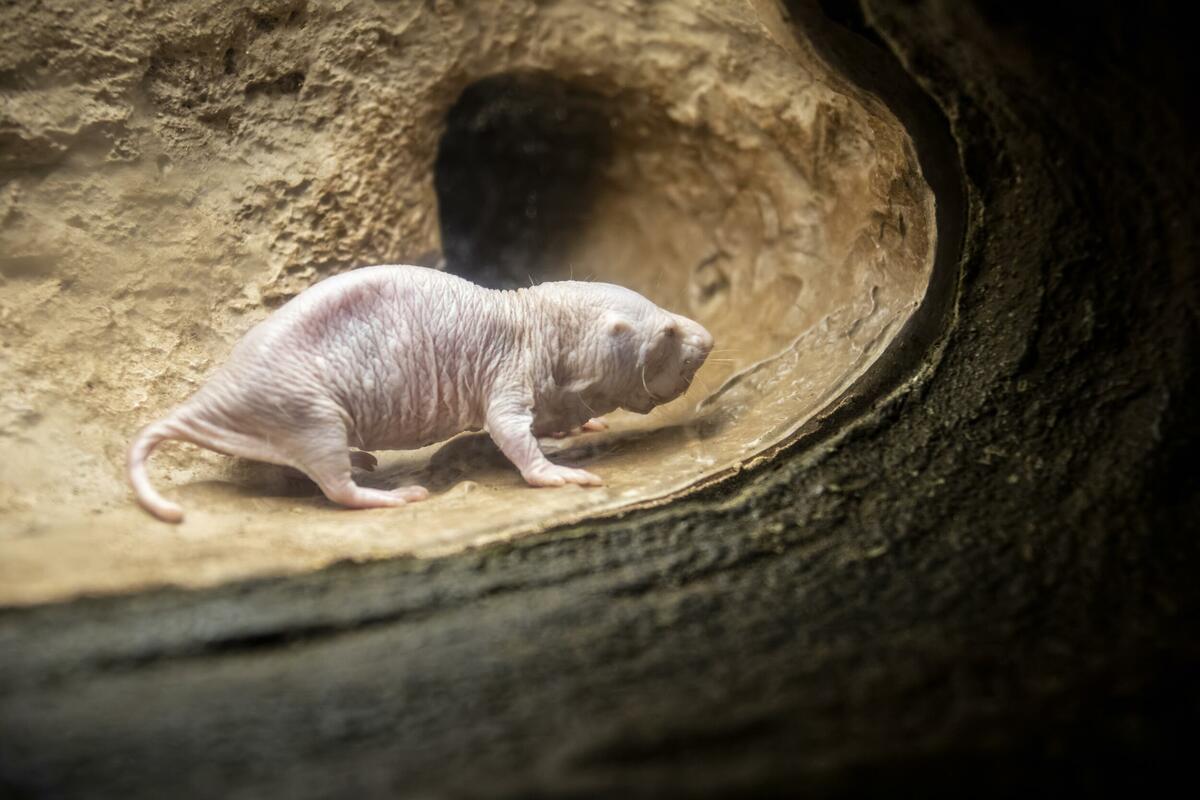They’re strange, hairless rodents that live underground and look like sausages with teeth – and they’ve just discovered the genetic secret to long life.
A new study of a bizarre naked, blind puppy shows that the animals have evolved a DNA repair mechanism that could explain their longevity.
These animals live in burrows and have a maximum lifespan of almost 40 years, making them the longest-lived rodents in the world.
New findings, published in a magazine Science, could also shed light on why the naked mole rat is resistant to a wide range of age-related diseases.
The animals are resistant to cancer, brain and spinal cord degeneration, and arthritis, so many scientists are trying to learn more about how their bodies work.
Central to the study, led by a team from Tongji University in Shanghai, China, was DNA repair – a natural process in our body’s cells.
When DNA strands, our genetic building blocks, are damaged, a mechanism is triggered that uses another undamaged DNA strand as a template to repair the break.
The research focused on a specific protein involved in this damage detection and repair system.
When a cell senses damage, one of the substances it produces is the protein c-GAS.
Its role is multiple, but scientists have found it useful because in humans it interferes with and complicates the process by which DNA is rejoined.
Scientists believe this disruption could promote cancer and shorten our lifespan.
However, in the naked mole rat, researchers found that the same protein does the opposite.
It helps the body repair DNA strands and keeps the genetic code in each cell intact.

Chicago Tribune via Getty Images
Professor Gabriel Balmus studies DNA repair and aging at the University of Cambridge.
He said the discovery was exciting and “the tip of the iceberg” when it comes to understanding why these animals live exceptionally long lives.
“The cGAS protein is like a biological Lego brick – it has the same basic shape in humans and naked mole rats, but in the animal version, a few connectors are reversed, allowing it to assemble into a completely different structure and function.”
Over millions of years of evolution, the naked mole rat appears to have repurposed the same path and “used it to its own advantage,” explains Professor Balmus.
“This discovery raises fundamental questions: How did evolution reprogram the same protein to act in reverse? What changed? And is this an isolated case or part of a broader evolutionary pattern?”
Scientists, most importantly, want to know what they can learn from these rodents to improve human health and extend quality of life as we age.
“I think if we can reverse engineer the biology of a naked blind puppy, we could design some much-needed therapies for an aging society,” explains Professor Balmus.
BBC is in Serbian from now on and on YouTube, follow us HERE.
Follow us on Facebook, Twitter, Instagram, YouTube i Viber. If you have a topic proposal for us, contact us at bbcnasrpskom@bbc.co.uk

News

